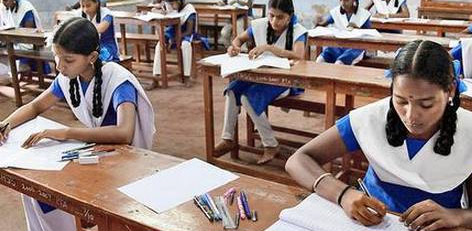Nagarik: Inclusive growth through large-scale employment generation
Posted on: 30/Oct/2018 7:41:07 PM

PwC�s Strategy& today released a report, �Nagarik: Inclusive growth through large-scale employment generation�, highlighting practical ways of raising gainful employment across India over the coming decade. India�s demographic dividend has been spoken about extensively. This report looks at how smaller districts of India can be linked to markets to create employment and reduce marginal un-employment.
Shyamal Mukherjee, Chairman, PwC in India said: �Generating gainful employment, especially in the India�s smaller districts, where majority of India reside, allows inclusive growth. Using local capabilities, local entrepreneurs and market connects is the sustainable way forward.�
Nagarik begins with a focussed view of a state or a set of districts within a state. Its solutions arise from the existing traditional strengths of a state in agriculture, self-enterprise and the social as well as cultural heritage � its local capabilities. For example, dairy, agro-processing, non-timber forest products and local tourism are resources specific to a region or district. It shifts value creation from larger cities and well-developed parts of India to the smaller districts. Nagarik offers integrated solutions for augmenting jobs creation in agriculture, agro-processing, MSMEs, tourism, etc.
Shashank Tripathi, Partner and Leader - Strategy& said: �Nagarik is a platform that puts the citizen at the centre of the employment generation equation. It convenes private sector participants for market and finance connect, with government acting as a catalyst and enabler. At its core the platform sees citizens (Nagarik) as producers using local resources and market connects to create large scale employment.
Nagarik can be applied to create large-scale employment across the district, state or country. But mass employment generation cannot solely be the government�s responsibility - private players need to play a key role in aiding the government. It works via a five-pronged approach: (i) focussing on all components of sustainable jobs creation while keeping the citizen/nagarik approach at the core; (ii) making market connect the focal point for driving citizen and business economic activity; (iii) leveraging a state�s core capabilities for identifying solutions; (iv) integrating the capabilities of citizens, the private sector and government for execution; and (v) developing long-term capabilities for sustainable impact.
Nagarik visualises citizens, private entities and the Government playing an active role in job creation via entrepreneurship, execution and enablement, respectively. Market access and technology access are two key pillars supporting this platform, combining the three stakeholders� resources and expertise for employment generation, economic growth and institutional development.
Nagarik can be initiated by State Governments keen on generating employment in certain districts or across all districts. Moreover, private sector organisations interested in improving business performance can also participate in a Nagarik-type exercise, especially in industries sourcing agro and non-timber forest produce more commonly available in smaller districts.
Nagarik promotes the vision of the founding fathers� of the country, acknowledging g that India lives in its smaller towns and villages. It shifts the focus of employment to where it matters most, narrowing the gap between the more prosperous regions and the poorer ones. Crucially, it will enable a large proportion of Indians to fulfil their economic aspirations.







